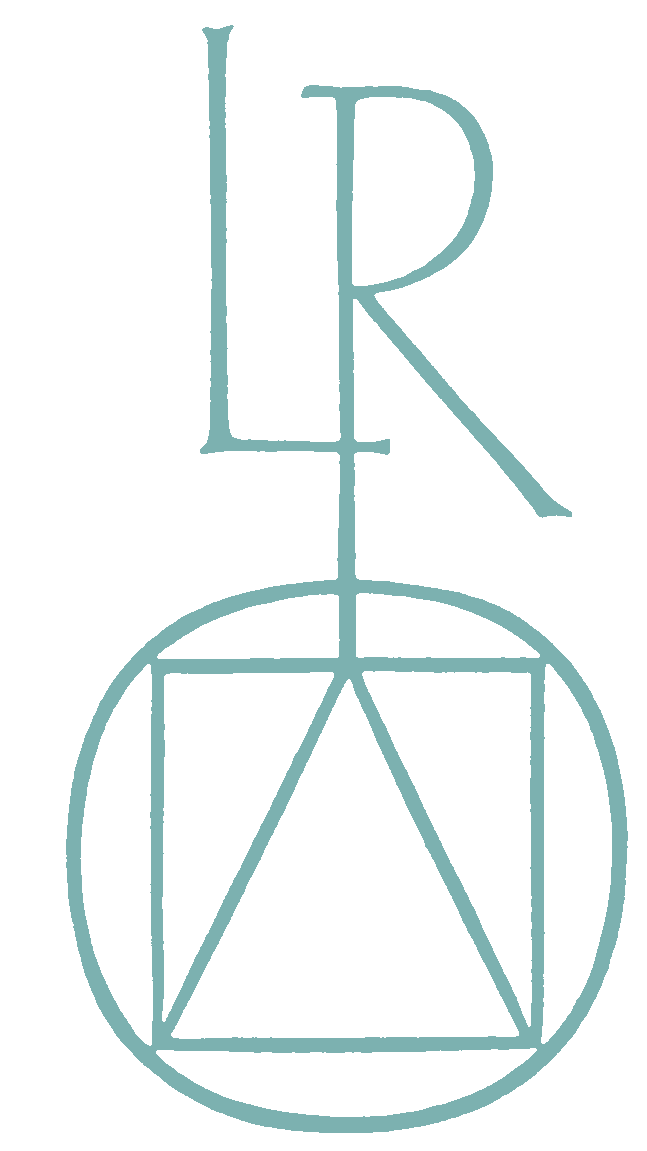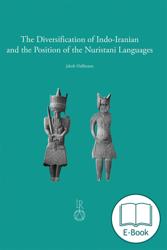This book offers a new approach to the long-standing problem of the genealogical affiliation of the Nuristani languages, a small group of closely related languages spoken in the Eastern Hindu Kush, within the Indo-Iranian subgroup of Indo-European. This topic is approached via a step-by-step examination of the crucial isoglosses, while taking into account more sample data than was available to previous researchers. The author concludes that the Nuristani languages were likely historically more closely affiliated with the Iranian than the Indo-Aryan subgroup, though they must have been isolated from the Iranian continuum early on and subsequently have come under intense contact influence from Indo-Aryan languages.
This book addresses an unresolved but important issue within Indo-European and Indo-Iranian historical linguistics: the genealogical classification of the Nuristani languages. This small group of closely related languages is spoken in the eastern Hindu Kush on the border between Afghanistan and Pakistan and forms a third lineage of uncertain classification within the Indo-Iranian language family, alongside Iranian and Indo-Aryan. Based on a reflection on theoretical models of linguistic diversification, a systematic, comparative analysis of the features that characterize the established subgroups of Indo-Iranian is presented. Subsequently, the historical characteristics of the Nuristani group are thoroughly examined, with a focus on the isoglosses most relevant to classification. A central feature of the work is the inclusion of previously rarely used lexical resources: In addition to classic reference works from the 20th century, more recent fieldwork data and publications by native-speaker authors from Afghanistan and Pakistan are included in the analysis. The study thus uses the most complete and reliable set of data available to date to reassess the genealogical affiliation of the Nuristan languages. The analysis suggests that the Nuristani languages are historically more closely related to Iranian than to Indo-Aryan, but that they separated from the Iranian continuum early on and were subsequently subject to strong Indo-Aryan contact influences, which particularly shaped their lexicon and typological characteristics. This publication is relevant for Indo-European and Indo-Iranian historical linguistics, as well as for anyone interested in language change, language contact, and genealogical classification in complex sociolinguistic spaces. It contributes to a more nuanced understanding of a previously little-understood language group.
Jakob Halfmann (* 1995) studied linguistics and languages & cultures of the Islamic world in Leipzig, Tokyo, and Cologne. He completed his doctorate with the thesis "A Grammatical Description of the Katë Language (Nuristani)" at the University of Cologne in 2023. After a postdoctoral position at the University of Würzburg (2023–2025) working on an etymological dictionary of the Nuristani nominal lexicon, he will be employed as a junior research group leader in the Emmy Noether Program of the German Research Foundation at the Institute of Iranian Studies at Freie Universität Berlin from 2026, working on the topic of "The Linguistic (Pre-)History of the Indo-Iranian Frontier". His research focuses on historical linguistics, the Nuristani languages (language description and history), and Middle Iranian languages (especially Bactrian).
The series Beiträge zur Iranistik was founded in the 1960s by Georges Redard and subsequently edited by Nicholas Sims-Williams from 1997 to 2020; the present series editor is Agnes Korn.
The series publishes works on the languages of the Iranian branch of Indo-European. The focus is on linguistics, including grammars, dictionaries, text editions, philology as well as diachronic and synchronic studies of linguistic topics. Neighbouring fields such as literature, archaeology and anthropology are likewise represented. The languages of the series are English, German and French. The Beiträge zur Iranistik are represented in libraries internationally and are widely used standard works of Iranian studies.


 Sample
Sample